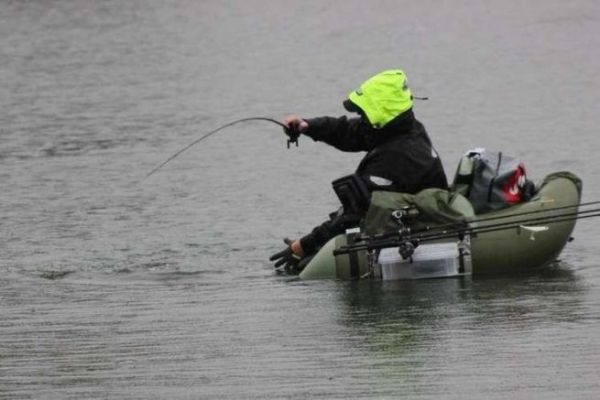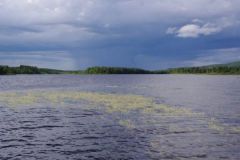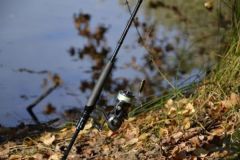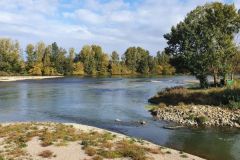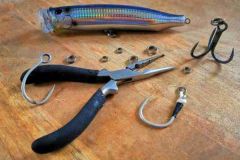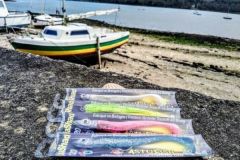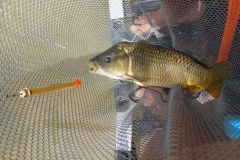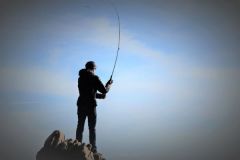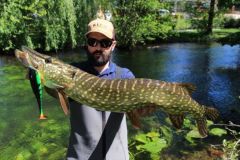Prospecting a body of water, in the general sense of the term, must be carried out horizontally to determine the location of fish, but also vertically. Particularly when looking for active fish, which is a fundamental component of a successful outing.
With this in mind, it's easy to understand that a fish on the hunt, or prepared to be so, is ready to make real movements in the water column to launch an attack. Moreover, when they are active, predators are often lifted off the bottom, even benthic species.

The case of certain species
When we talk about pike-perch or oldsquaw, for example, the main idea that comes to mind is to fish for them on the bottom... because these are species that always live close to them... And yet, when these fish are in full feeding and predatory mode, they have no hesitation or difficulty in rising to the surface to capture their prey... so there's no need to search the bottom!

The background is reassuring but not a guarantee of success
When fishing, there are two reassuring heights of water: the surface and the bottom! Simply because we know precisely at what level our lure is moving, and it's easier to form a mental picture of our animations and our lure's progress. However, fishing often lies between these two extremes, and sticking to them can lead us to miss many a fish.
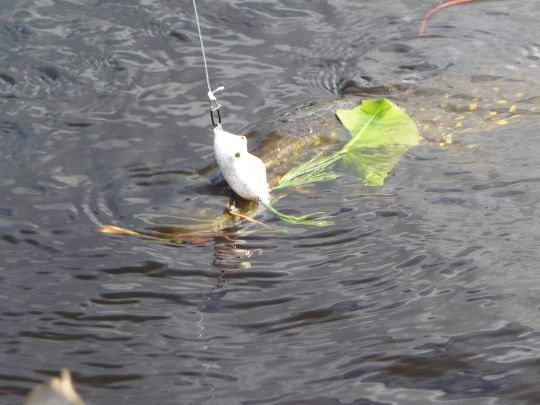
The risk of setting your lure too low
So, when you're only looking for the bottom out of conviction or in search of landmarks, it's not uncommon to move your lure under active fish... Keep in mind that most of the time, hunting actions are bottom-up and predators' gaze will be directed towards the surface. So, if you move your lure below them, it risks not only going unnoticed, but perhaps even frightening them by making contact with the braid or a possible fight with a fish caught further down.
You need to be very methodical to prospect a spot vertically.
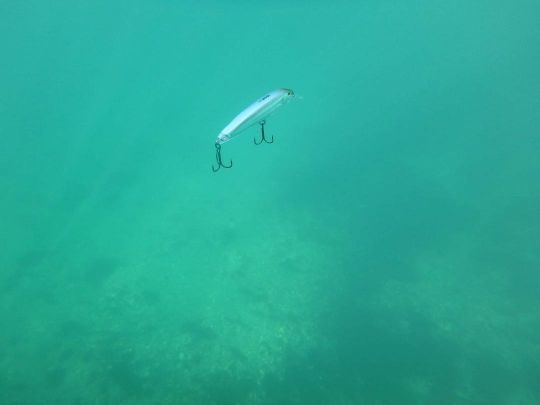
Focus on surface
So, for the sake of prospecting, but also because topwater attacks have no equivalent in terms of sensations, it's best to start prospecting on the surface.
The vast majority of species will attack a lure, and sometimes it's the only way to trigger a reaction. So always pack a stickbait in your tackle box!
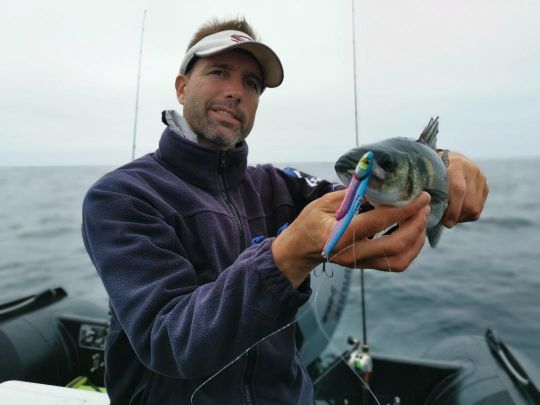
Proceed by floor
Then, if there's no reaction on the surface, we'll gradually work our way down into the water. First subsurface with a twitchbait or a weightless soft lure, for example, then halfway down with a jerkbait, cranckbait, spinnerbait, etc. Finally, you'll work your way down to the bottom. Finally, you'll finish on the bottom, possibly more slowly if the fish aren't active.
On particularly deep spots, you can explore different levels in the water, either with hard lures swimming at different heights, or by counting the number of seconds you let your soft lure sink.
